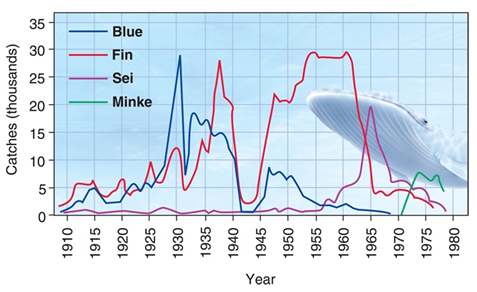A student has been tasked to observe microorganisms present in pond water under a microscope and draw them. Given that E. coli., amoeba, paramecium, algae, yeast, and Streptococcus are some of the microorganisms present in the pond water, describe the methods the student can employ to accomplish this assignment.
What will be an ideal response?
Answer: This can be easily done with a microscope and a few stains. E. coli and Streptococcus can be observed and differentiated by Gram Staining process. E. coli will be stained as pink whereas Streptococcus will be stained as violet. Amoeba can be stained with Heidenhain's iron Haematoxylin by Gridley's method. In most of the cases, algae doesn't need stain. However, if needed safranin can be used. For staining yeas, gram staining can be done, yeast is gram positive. Paramecium can be viewed by a mixture stain of acetocarmine and FCF green. All these organisms have unique structural characteristics. So, they can be easily seen and drawn.
You might also like to view...
Fishing by humans has severely affected populations of many different marine species, including whales. Examine the figure above, making sure to note what each axis represents. What can best explain the pattern for minke whales?

A. Minke whale populations were overfished in the early 1900s, then recovered in the 1970s as their competitors were killed off.
B. Minke whales are a new species that evolved during the 1960s as an ecological niche opened up.
C. Commercial whalers did not pursue minke whales until the more valuable whale species had declined.
D. Minke whales were too fast to catch until they become malnourished due to exploitation competition by other whales.
Virus-like particles ____
a. carry viral DNA b. are infectious c. will elicit an immune response d. are produced by cancer cells e. cause cervical cancer
Which of the following is NOT a form of active
transport? a. sodium-potassium pump b. endocytosis c. exocytosis d. osmosis e. none of these
Which of the following may result from eating shellfish?
A. botulism B. norovirus infection C. polio D. salmonellosis E. paralysis